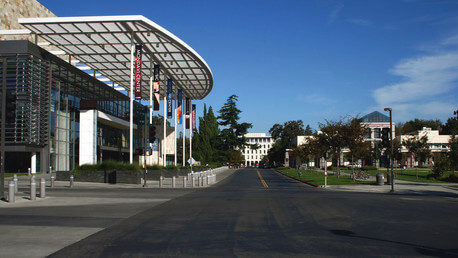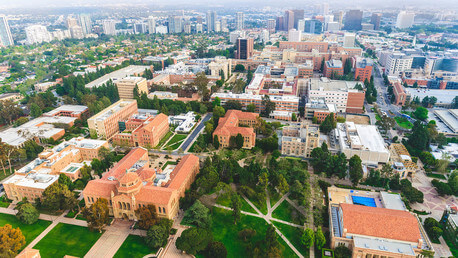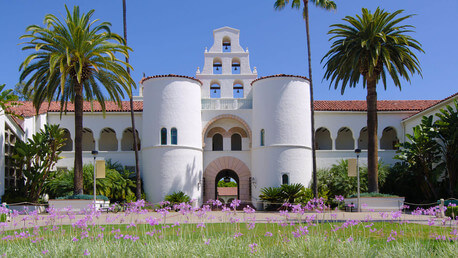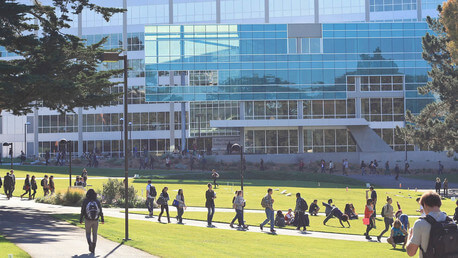Tuition, Cost & Aid
Affordability and Cost
Average Net Price Average net price for full-time, first-time degree/certificate-seeking undergraduates paying the in-state or in-district tuition rate who were awarded grant or scholarship aid from federal, state or local governments, or the institution. Other sources of grant aid are excluded. Aid awarded anytime during the full aid year is included.
Average net price is generated by subtracting the average amount of federal, state or local government, or institutional grant and scholarship aid from the total cost of attendance. Total cost of attendance is the sum of published tuition and required fees (lower of in-district or in-state), books and supplies and the weighted average room and board and other expenses.
Average net price is generated by subtracting the average amount of federal, state or local government, or institutional grant and scholarship aid from the total cost of attendance. Total cost of attendance is the sum of published tuition and required fees (lower of in-district or in-state), books and supplies and the weighted average room and board and other expenses.
$3,267
Average Net Price By Family Income
Tuition
| In-State Tuition In-state tuition is the tuition charged by institutions to those students who meet the state's or institution's residency requirements. In-district tuition is the tuition charged by the institution to those students residing in the locality in which they attend school and may be a lower rate than in-state tuition if offered by the institution. | $1,696 |
| Out-of-State Tuition Out-of-state tuition is the tuition charged by institutions to those students who do not meet the state's or institution's residency requirements. Out-of-district tuition is the tuition charged by the institution to those students not residing in the locality in which they attend school. | $14,656 |
Additional Costs
| Books and Supplies | $1,233 |
| Tuition Payment Plan | Yes |
Financial Aid: visit page
Aid & Grants
Students Receiving Gift Aid Percent of undergraduate students awarded federal gift aid. Federal gift aid includes any grant or scholarship aid awarded, from the federal government, a state or local government, the institution, and other sources known by the institution. Students Receiving Grants Percent of undergraduate students awarded grant aid. Grant aid includes any grant or scholarship aid awarded, from the federal government, a state or local government, the institution, and other sources known by the institution. Students receiving state aid Students receiving federal aid
15%
Average Aid Per Year
$4,559
15%
Average Federal Grant Aid Per Year
$3,035
Average Institution Grant Aid Per Year
$1,262
49%
Average State Grant Aid Per Year
$2,109
100%
Average Federal Grant Aid Per Year
$3,035
Student Loans
Students Borrowing Loans Loans to students - Any monies that must be repaid to the lending institution for which the student is the designated borrower. Includes all Title IV subsidized and unsubsidized loans and all institutionally- and privately-sponsored loans. Does not include PLUS and other loans made directly to parents.
1%
Average Loan Amount Per Year
$9,402
Students receiving federal loans
1%
Average Federal Loans Per Year
$9,402
Average Debt at Graduation The median federal debt of undergraduate borrowers who graduated. This figure includes only federal loans; it excludes private student loans and Parent PLUS loans.
$8,000
Loan Default Rate
16%
US National: 7%
Median Monthly Loan Payment The median monthly loan payment for student borrowers who completed, if it were repaid over 10 years at a 5.05% interest rate.
$94
What Students Are Saying
The best part about being at City College is you can save thousands of dollars that could go towards other expenses. If you apply for financial aid, then your tuition is for free.
Brittani from Oakland, CA
It's very affordable. It's $26 per unit, and if you get completed the FAFSA, qualify for financial aid and completed a rigorous high school education your total fees may be as low as $8 (thats including tuition, fees, classes). I've heard that for international students it's expensive (but still cheaper than any other school in SF) mainly because they can't apply for the FAFSA.
Ariana from San Francisco, CA
I prefer CCSF over all community colleges in California because of the academic resources that are provided to the student body. Along with those resources come extra curricular activities that give students an avenue to express themselves or take part in . Here you can challenge yourself academically but be able to express yourself in a liberal community that welcomes change and being unique.
David












